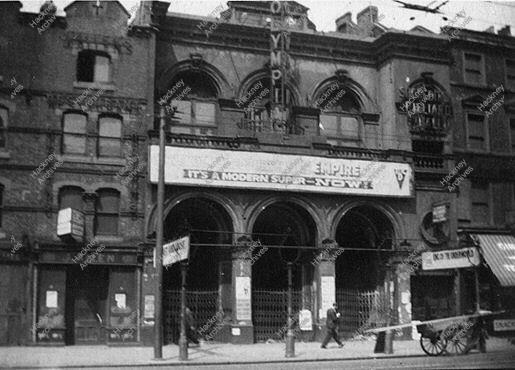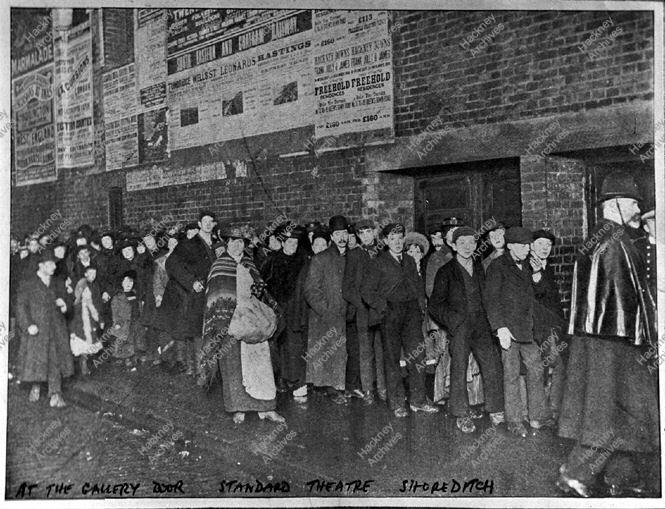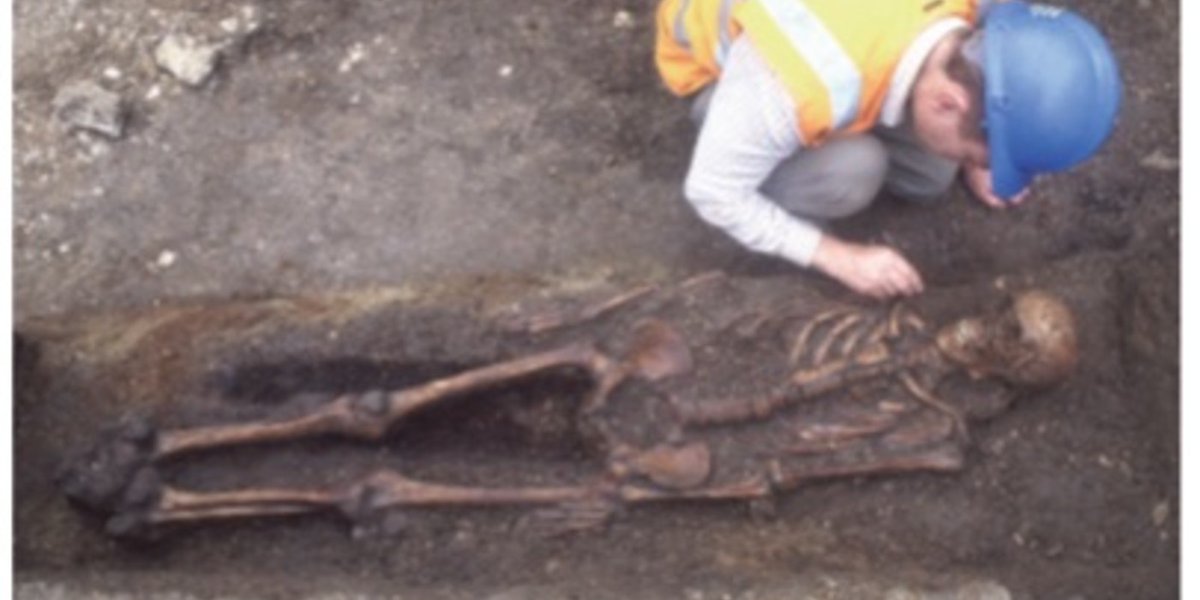
The Standard National Theatre in Shoreditch High Street Information taken from ‘snapshots from the Standard: theatre in 1870s Shoreditch’, Sally England, Hackney History 12, pp 23-34
This article concerns the Standard - the largest theatre in London - which once stood on the site



This article concerns the Standard - the largest theatre in London - which once stood on the site




opposite the former Bishopsgate Goods Yard in Shoreditch High Street, home now to a sauna and a wine warehouse. Originally known as the National Standard, the theatre was built in 1837 with an audience capacity of 3,400. Its heyday came under the management of the Douglass
family from 1848-88, when the theatre was especially famous for its spectacular naturalistic productions, and pantomimes rivalling the greatest of the West End.
Destroyed by fire in 1866, the Standard was quickly rebuilt, and reopened in December the following year, when it was
Destroyed by fire in 1866, the Standard was quickly rebuilt, and reopened in December the following year, when it was
reputed to be the largest theatre in London, perhaps even in Europe. It was probably the only one with a stage which, by the removal of the boxes, could be transformed into a horse ring. Eventually, like so many theatres, the Standard became a cinema - the New Olympic
Picturedrome - in the 1920s. Following extensive bomb damage in the Second World War, the theatre was demolished in 1940.1837 to 1940 By Lucy Madison layers of London @threadreaderapp unroll
• • •
Missing some Tweet in this thread? You can try to
force a refresh













